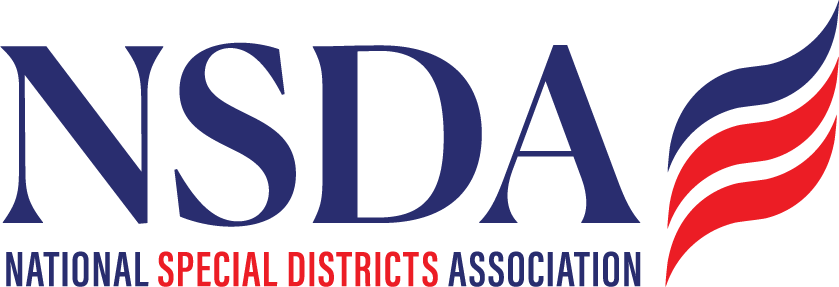FY2022 Biden Budget Proposal - Highlights for Special Districts
June 28, 2021
The Biden Administration released its Fiscal Year 2022 budget proposal, totaling $6 trillion in federal spending asks or the year ahead. The request accounts for the president’s major initiatives, including the American Jobs Act and the American Families Plan, and entails a heightened focus on climate resiliency, community investment, investments in the human care structure, education, physical infrastructure, and job programs.
While the authorization of major initiatives related to key components of the request are already moving in Congress, FY22 appropriations bills readied through the summer will inform whether Biden’s budget requests are fulfilled.
NSDC released a special report on the presidential budget request. Click here to download and read the publication.
Many of the programs NSDC will be tracking are requests made under the U.S. Department of Agriculture, Environmental Protection Agency, Department of Homeland Security, the Department of the Interior, and the Department of Transportation.
Special districts’ highlights of the presidential budget request are broken out by category below.
Clean Water, Drinking Water & Air Quality
- $1.871 billion for the Clean Water State Revolving Fund.
- $1.358 billion for the Drinking Water State Revolving Fund.
- $936 million to establish an “Accelerating Environmental and Economic Justice” program, including support for community air quality monitoring.
- $249.4 million for lead reduction in drinking water, expansion of sewer overflow grants, and to build drinking water resiliency.
- $75 million to advance toxicity studies for per- and polyfluoroalkyl substances (PFAS), which would be used to support new PFAS regulations.
- $10 million programming to boost solid waste infrastructure to handle more recycling.
Land & Water Management and Conservation
- $2.4 billion for S. Forest Service (USFS) management.
- $2.1 billion for USDA wildland fire management
- $2.1 billion in separate USDA/USFS spending for fire suppression activities.
- $1.1 billion for Department of Interior initiatives for wildfire management, including $300 million for hazardous fuels reduction.
- $1.85 billion for the Environmental Quality Incentives Program (EQIP).
- $16.5 billion to support the Civilian Climate Corps.
- $1.6 billion in permanent S. Fish and Wildlife Service programs, most of which would be allocated to states to for conservation and restoration.
- $1.5 billion for the Bureau of Reclamation. The Bureau’s overarching request focuses on climate resiliency with an emphasis on drought-impacted water availability, land and water conservation, clean energy, and “the application of science to inform resource management decisions.”
- A 6.4 percent increase in National Resource Conservation Service funding over FY21, for a total ask of $886.3 million
- $2.3 billion for the Conservation Reserve Program, which would fund preservation activities for more than 25 million acres of sensitive croplands and grasslands.
- $450 million for the Agriculture Conservation Easement Program, which helps landowners, land trusts, and other entities protect, restore, and enhance wetlands, grasslands, and working farms and ranches through conservation easements.
- $118 million for the Land and Water Conservation Fund-funded Outdoor Recreation Legacy Partnership Program, which is a competitive grant initiative enabling urban communities to build and enhance parks and to connect people to outdoor recreation in economically underserved communities.
Transportation & Infrastructure
- $2.5 billion for the Capital Investment Grant program, which funds transit projects that are either shovel-ready or are already in-progress.
- $1 billion for Rebuild American Infrastructure with Sustainability and Equity (RAISE) grant program, formerly known as TIGER and BUILD.
- $1.6 billion for the Harbor Maintenance Trust Fund.
- $110 million for the “Thriving Communities” initiative, aimed at addressing challenges in connecting communities to jobs, education, and businesses.
- $700 million in USDA programs to support grants and loans for high-speed broadband internet development in communities of less than 20,000, and another $100 million in Department of Education funding request.
Disaster, Emergency Response & Resiliency
- $18.8 billion for FEMA’s response to major disasters.
- $500 million for FEMA’s Building Resilient Infrastructure and Communities
- $618 million for research and development on climate resilience, cyber security, and transportation security.
- $10 million for FEMA’s Assistance to Firefighters Grant (AFG) program.
- $10 million for FEMA’s Staffing for Adequate Fire and Emergency Response (SAFER) grants program .
Healthcare
- $165 million for the Rural Communities Opioid Response Program, which devotes resources to prevention, treatment, and recovery services in high-risk rural communities.
- $1.6 billion for the Mental Health Services Block Grant program, which would be double the FY21 appropriation.
